What do the Audi R8 and Audi E-tron GT have in common? Not much. Different powertrain, different chassis, different bodystyle. Not a single part is shared. And yet there’s one major commonality, as you will probably have guessed from the images: they are both built on the same production line at Audi Sport’s Böllinger Höfe plant in Neckarsulm, Germany.
It’s a feat of manufacturing that’s not to be underestimated: it’s the only example across the entire Volkswagen Group where two models with no commonalities are built on the same line.

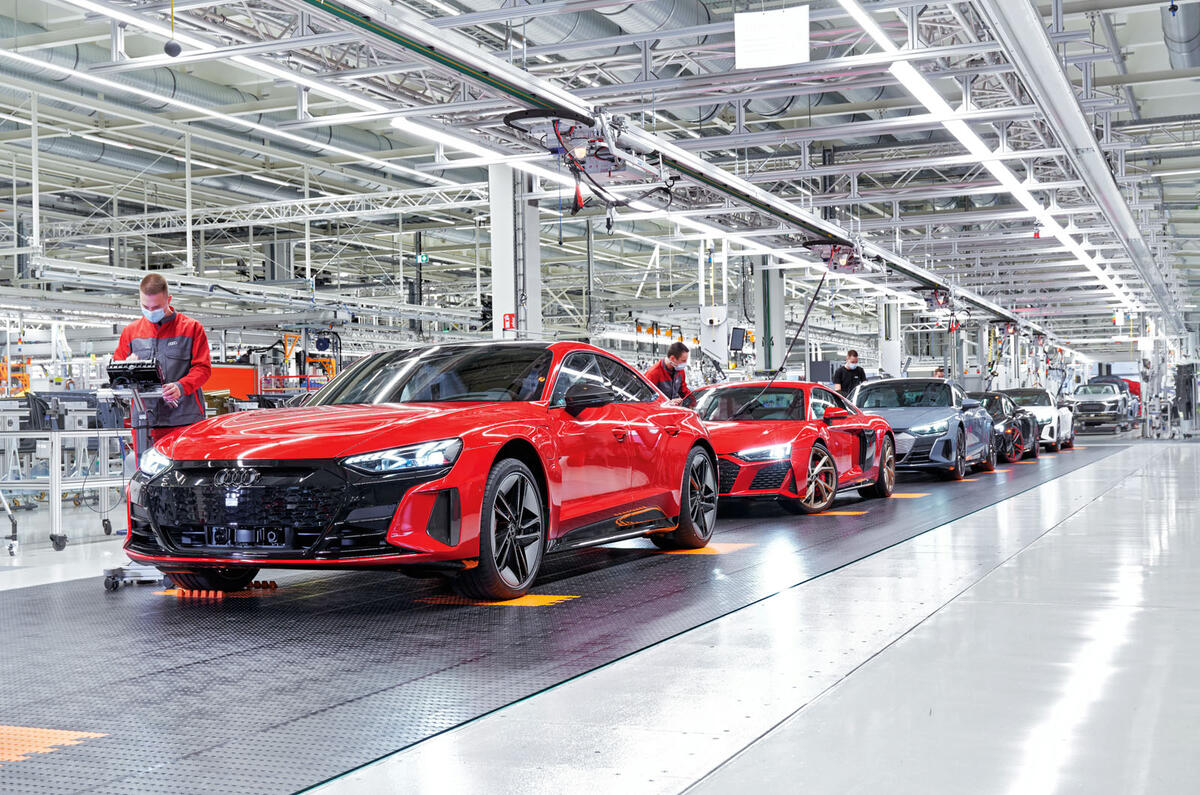
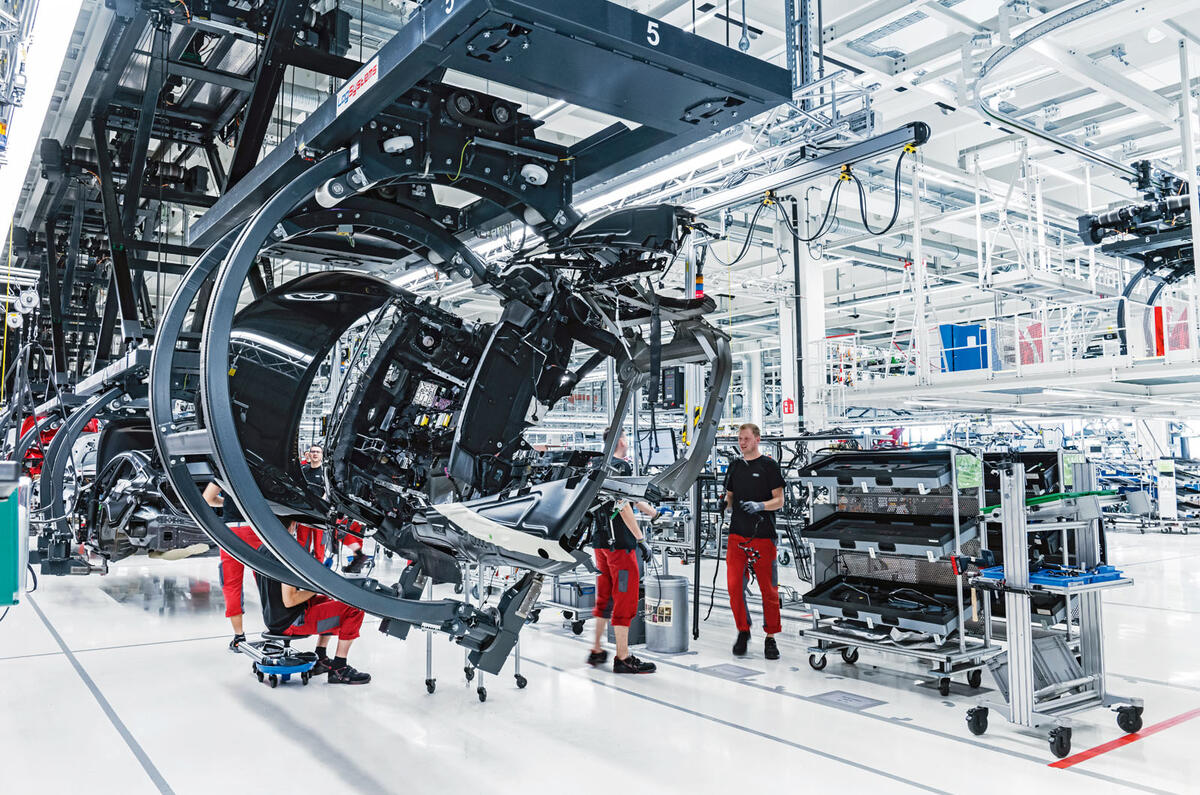
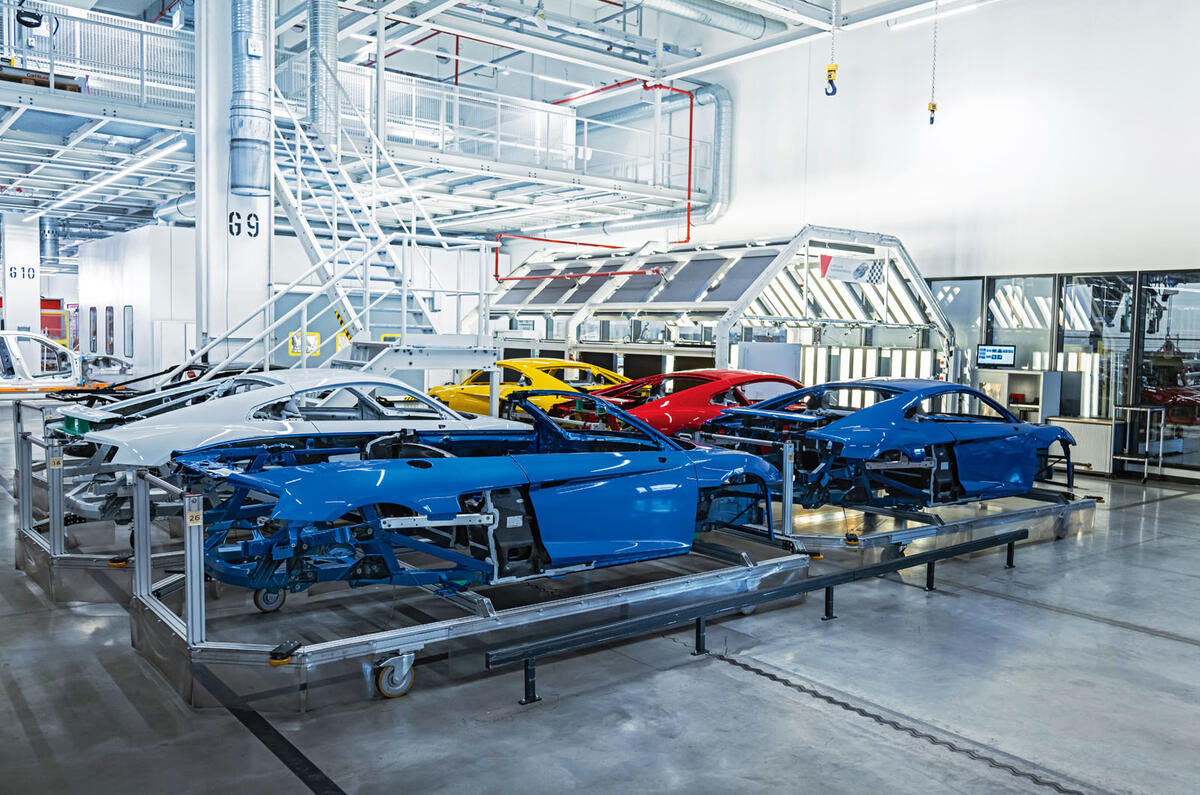
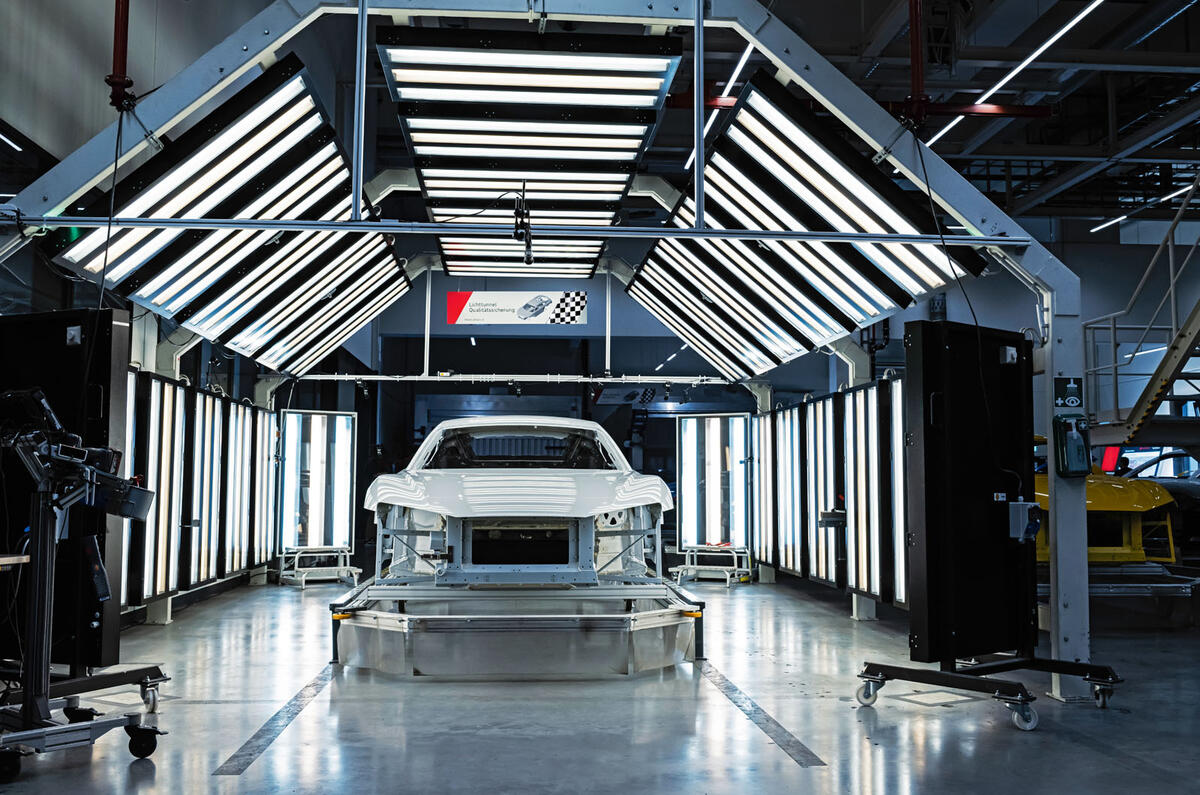
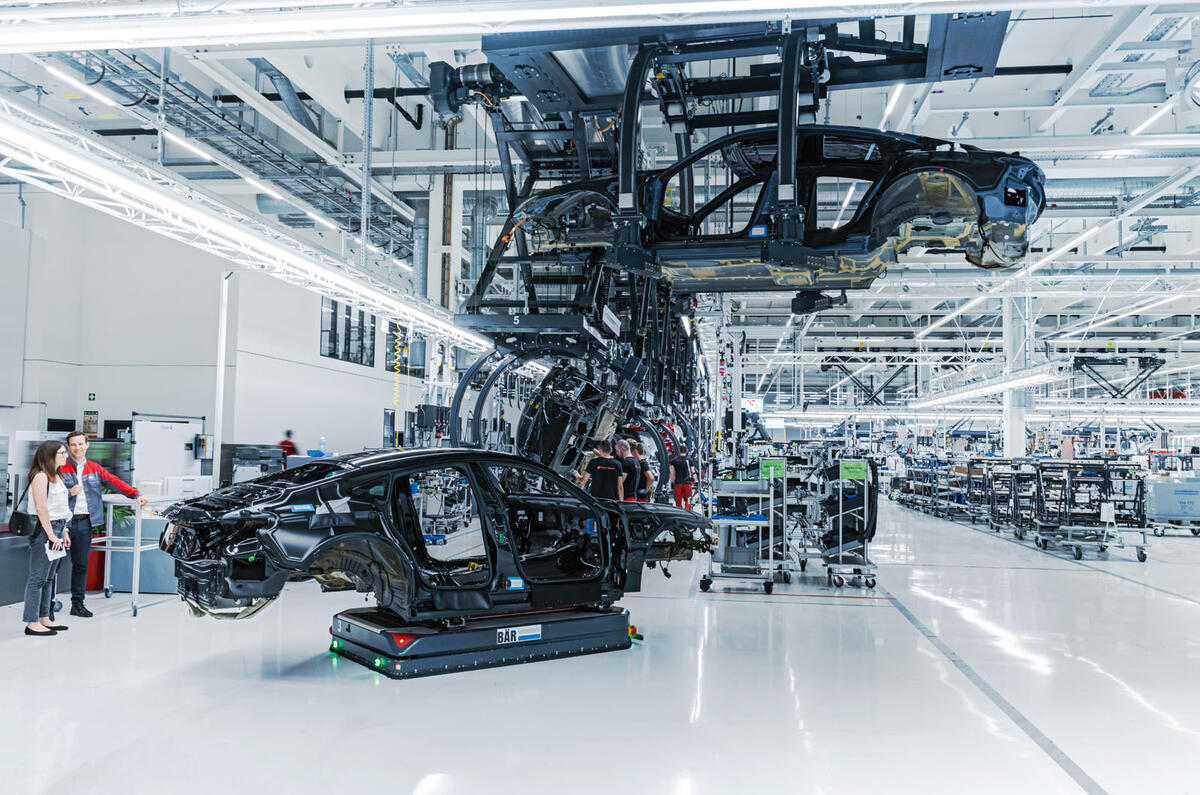
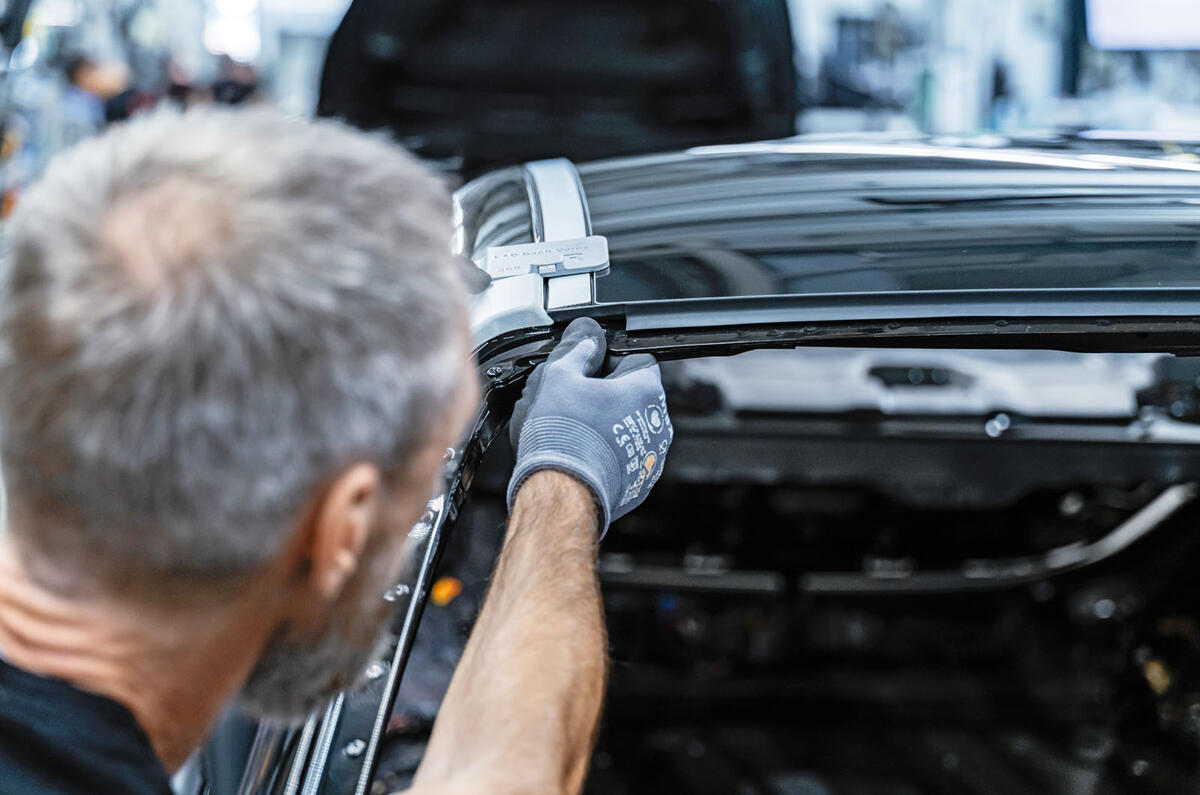
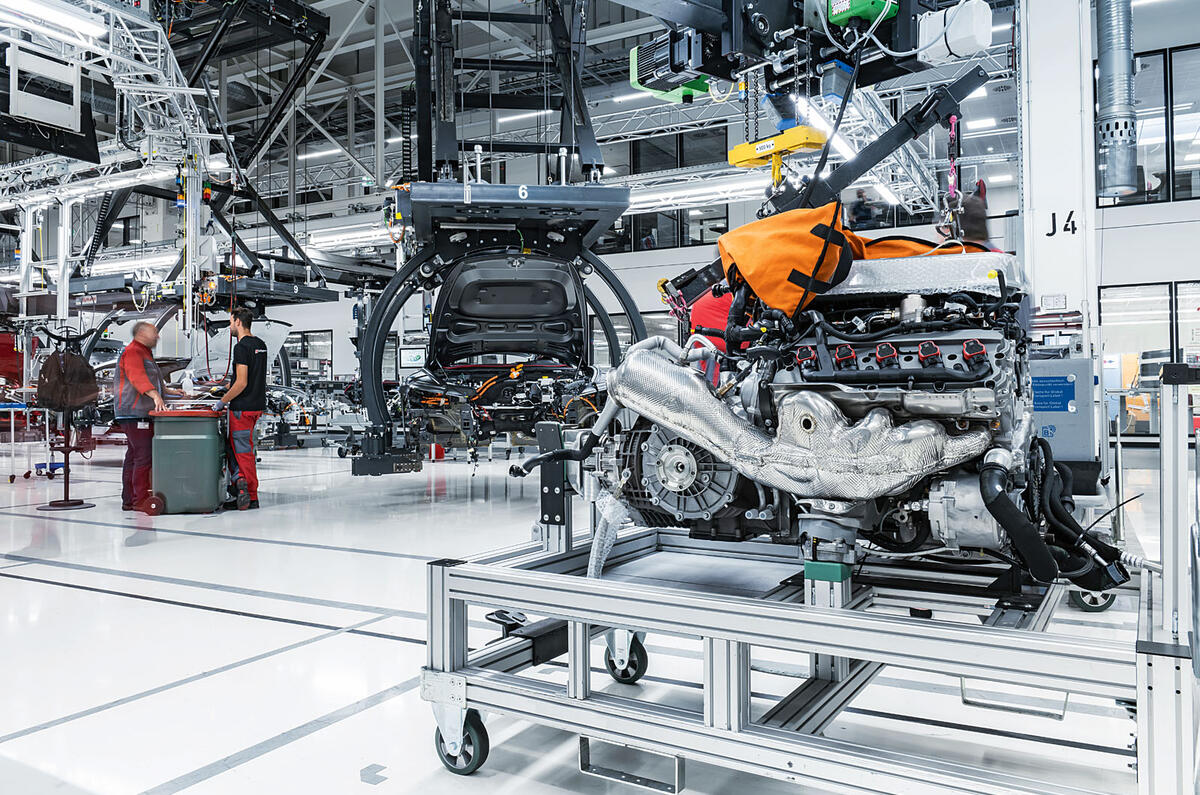
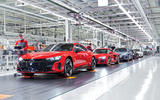
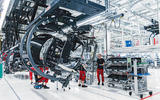
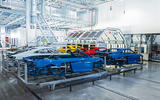
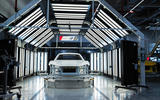
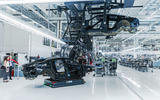
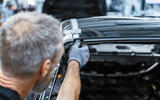
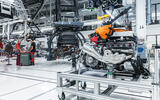


Add your comment